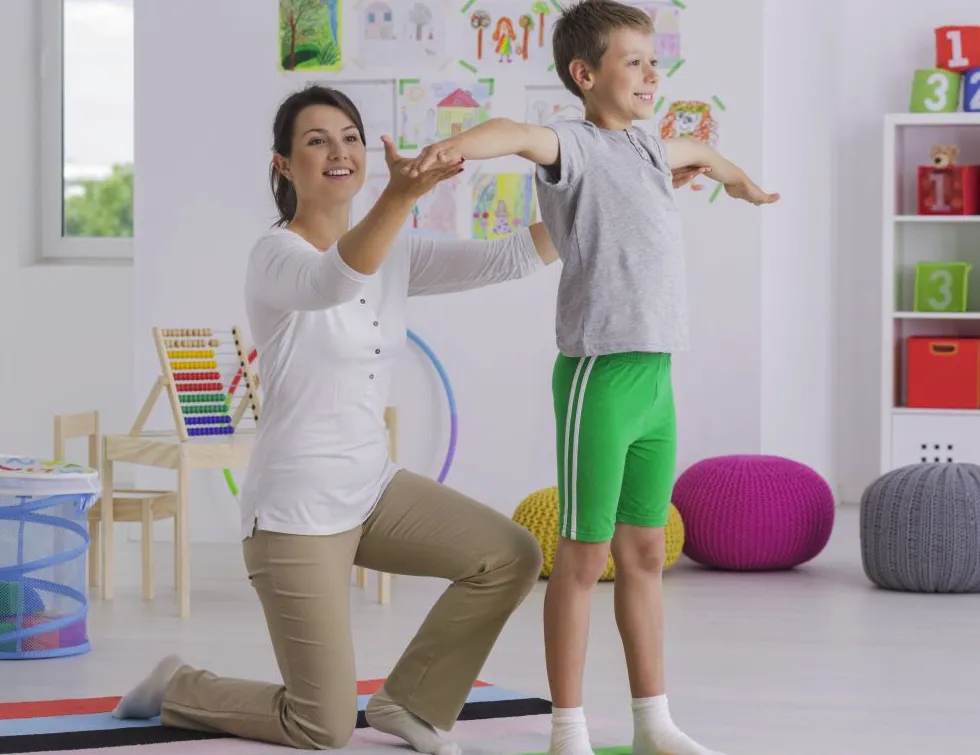School Physical Therapy: What is it and is it enough?
Have your child’s teachers suggested a physical therapy evaluation? Perhaps they have mentioned difficulty on stairs, sitting still for a long time, or falling during their school day. Read below to learn about the unique aspects of the school model of physical therapy, and how it can benefit your child.
Why is there a Physical Therapist in my child’s school?
School related services (Physical, Occupational, and Speech therapies, Assisted Technology Services, Vision therapy, and more!) are periods of specialized instruction to promote your child’s safety, participation, and access in their academic environment. They are typically received through an Individualized Education Plan (IEP) or 504 plan. These services allow all children to reach their highest potential in regards to their educational goals. These rights, documents, and teams are driven by the Individuals with Disabilities Education Act. School physical therapy focuses on addressing strength, range of motion, balance and coordination impairments in order to allow each child to access their academic environment despite any disabilities or challenges.
How would Physical Therapy help my child’s education goals?
School physical therapists wear many hats. If a child has difficulty with posture or endurance, a PT can consult with teachers, nurses, and aides to provide alternative seating, elevator access, or accommodations for rest or movement breaks. This allows your child to engage in academic activities without being too tired just from trying to sit up straight to attend. Individualized or small group therapy sessions allow the physical therapists to address postural strength, balance, stair negotiation, and coordination as it relates to recess, physical education, and postural endurance within their classroom.
Will my kid qualify for school physical therapy?
Many think of physical therapy as following the Medical Model. If your child breaks an ankle and is casted for a few months, they may seek physical therapy at an outpatient office to ensure their range of motion and strength returns appropriately. The Educational Model addresses a child’s developmental needs in regards to receiving an appropriate education. If your child is falling in the hallways, placing their head down during class, or is late to class because they can’t keep up, their academics will be impacted. These are all musculoskeletal or neurological deficits that a school physical therapist can help address!
My child qualified for school services, should we continue outpatient?
Talk to your providers! School and outpatient services certainly have a lot of overlap, but there are things that can be addressed in an outpatient medical setting that aren’t appropriate for school. Some families continue to do both; others will use the outpatient setting as an occasional screening and check in. This depends on the impairments and challenges being addressed and whether they apply to school safety and participation or recreational/social function.
About the Author
Tamra Rutfield, PT, DPT has been a Physical Therapist since 2020, when she graduated from Northeastern University. She began working with adults in outpatient orthopedics, but quickly learned she was passionate for helping children develop gross motor skills that will shape their future. As a former gymnast, Tamra understands the importance of developing strength, flexibility, and coordination from an early age. She works in school and outpatient settings with the Developmental Steps family.




